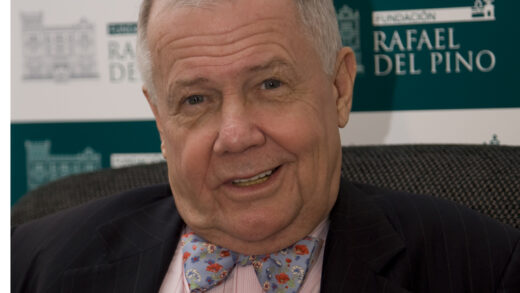The Moscow Exchange already has futures for the S&P 500 and NASDAQ 100 indices.
The platform will expand this line with contracts for the Dow Jones and Russell, which will also be settlement. The exchange is also eyeing futures on the Chinese market.
In January 2024, the Moscow Exchange will launch two new futures on ETFs, which repeat the dynamics of US stock indices, Maria Patrikeeva, managing director for the derivatives market of the trading platform, told RBC Investments. Currently, futures for ETF units are already traded on the Moscow Exchange, the benchmark of which is the S&P 500, NASDAQ 100, Hang Seng, Euro Stoxx 50, Nikkei 225 and DAX indices.
“In January 2024, ETF futures will be launched that replicate the Dow Jones and Russell indices,” she said, emphasizing that these will be settled contracts that do not involve delivery of the underlying asset. “Investors can make money on price movements in a foreign market without the risk of owning the underlying asset,” Patrikeeva explained.
Previously, she said that the site would launch futures for the indices of Brazil, India and Turkey within six months. Now she added that the range of contracts for foreign indices could be expanded by other countries, in particular China.
“We have worked on this topic quite well and now we understand that there will be coverage of more than the three countries that we announced earlier. Also on top of this list we are thinking about China. We see a truly growing demand from participants for foreign assets,” Patrikeeva noted.
The Moscow Exchange also plans to begin trading in new perpetual contracts. “Next year we plan to launch new perpetual futures on foreign assets. We are currently doing a lot of analytical work. These will be very interesting instruments. We plan to start launching them in the first quarter of 2024,” said a representative of the exchange.
A perpetual futures contract differs from a traditional delivery contract in that it does not have an expiration (settlement) date. Expiration, that is, the date when the instrument expires, occurs every quarter – on this day the futures position must be closed. Otherwise, delivery of the underlying asset will take place. Perpetual futures do not have this feature – it is a one-day contract, every day it is automatically extended by one day. In fact, a perpetual futures is a convenient analogy for a spot instrument.
The first perpetual futures appeared on the Moscow Exchange in April 2022. Currently, the Moscow Exchange trades three perpetual futures for currency pairs (dollar, euro, yuan), a one-day contract for gold and the Moscow Exchange index.


